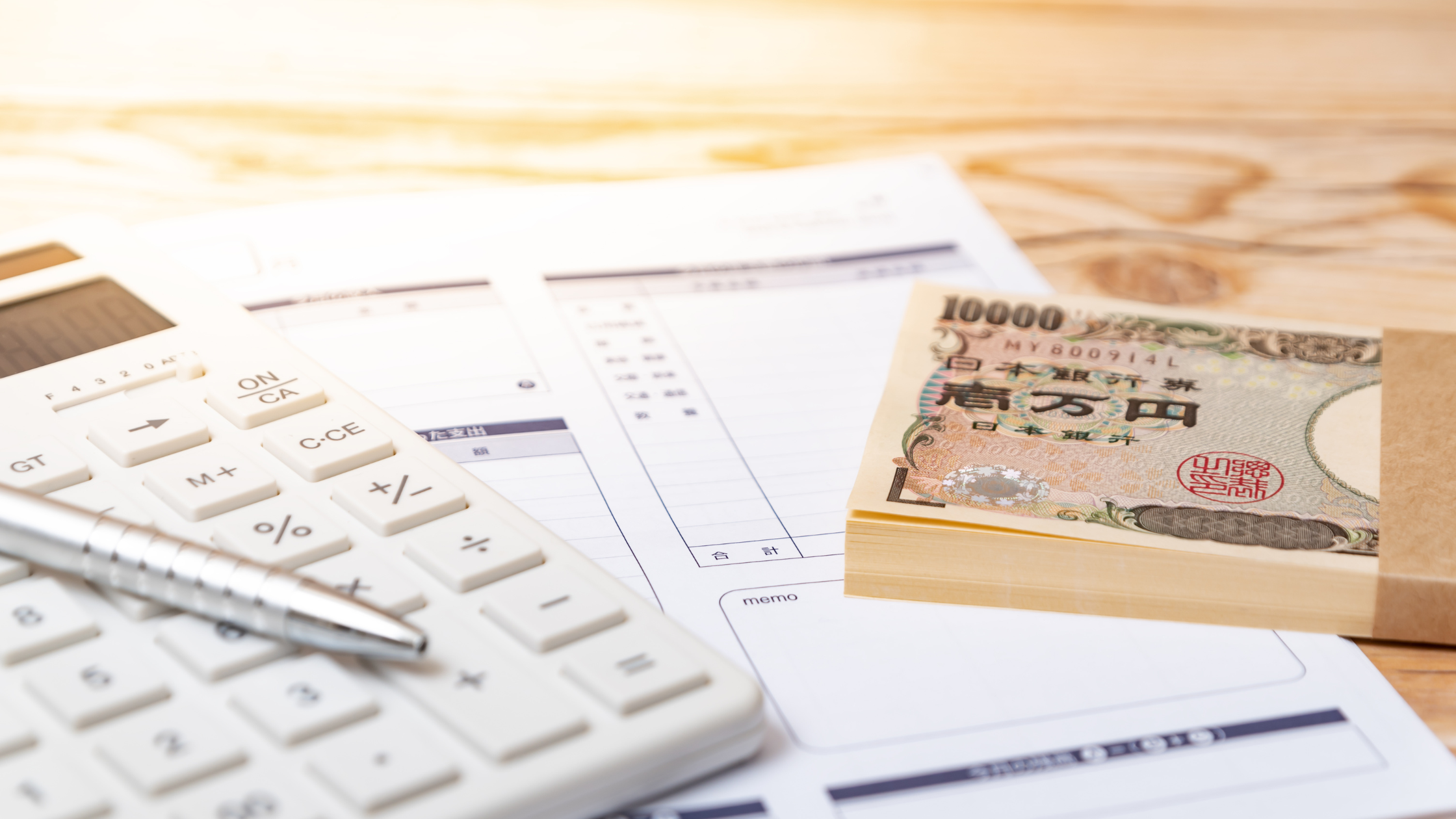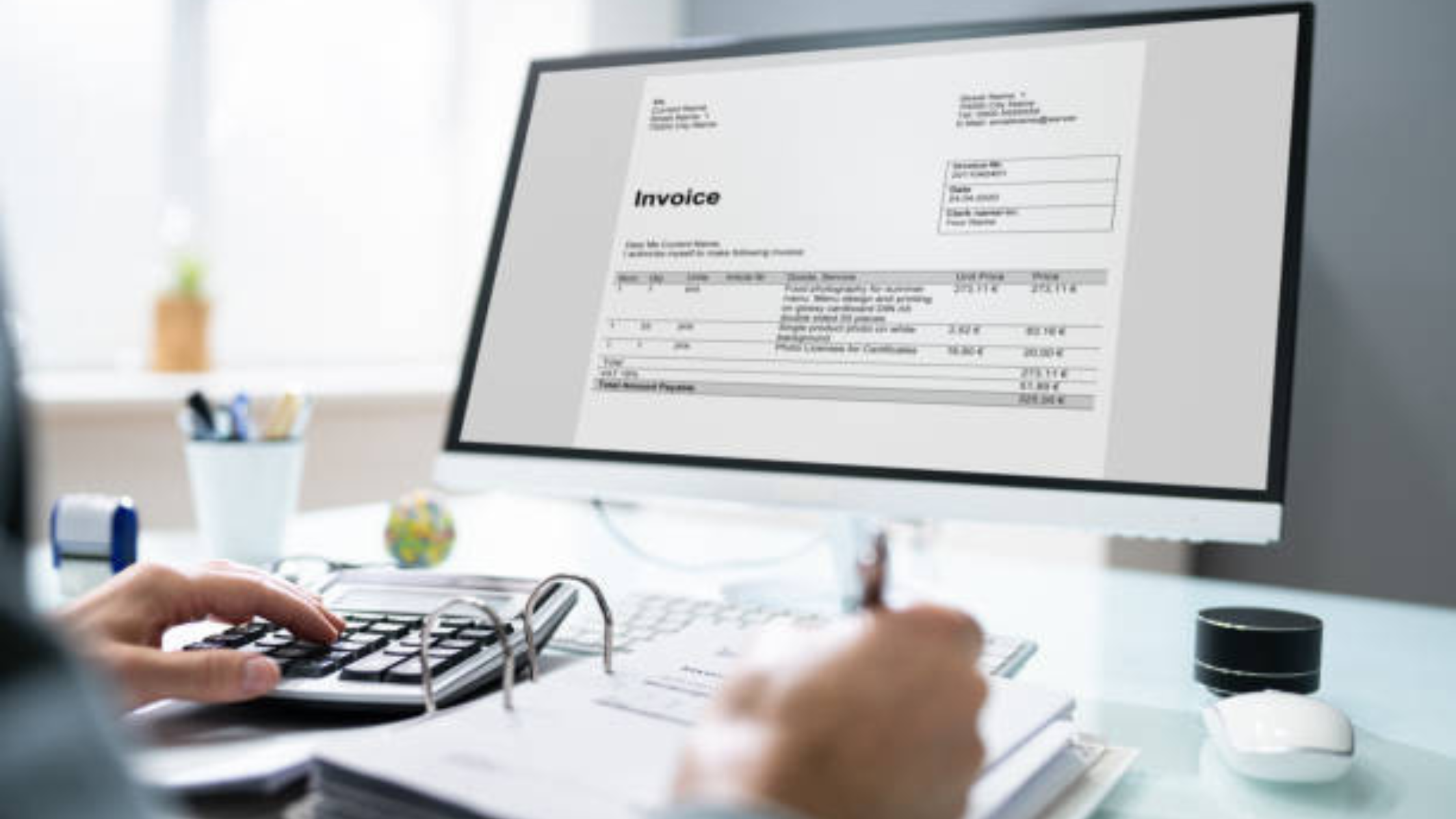Generate Rent Receipts for Income Tax Purposes

Importance of Rent Receipts for Income Tax Purposes
In the realm of managing personal finances, one crucial aspect that often gets overlooked is the importance of rent receipts for income tax purposes. Rent receipts serve as essential documentation for both tenants and landlords, providing a record of rental payments made and received. When tax season rolls around, these receipts play a pivotal role in helping individuals claim deductions or exemptions on their taxes, ultimately impacting their financial bottom line. Understanding how to generate rent receipts efficiently and accurately can not only streamline tax filing processes but also ensure compliance with legal requirements. This guide will delve into the significance of rent receipts, the key information they should contain, and the various methods available for creating them. By mastering the art of generating rent receipts, individuals can enhance their financial diligence and optimize their tax-related benefits.
Understanding Rent Receipts
A rent receipt is a crucial document in the realm of rental transactions, acting as concrete proof of a tenant's payment to a landlord for occupying a property. This simple piece of paperwork holds significant legal weight for both parties involved, ensuring transparency and accountability in financial dealings. Tenants benefit from rent receipts by having a tangible record of their rent payments, which can be invaluable for various purposes like filing income taxes, settling rental disputes, or verifying rental payment history. Similarly, landlords heavily rely on rent receipts to effectively track their rental income, maintain accurate financial records, and promptly address any payment-related issues that may arise.
For a rent receipt to be deemed valid and legally binding, it must contain precise and comprehensive information. This includes essential details such as the exact amount paid by the tenant, the date of payment, the specific rental period covered by the payment, the names of both the tenant and the landlord, and the complete address of the rented property. Moreover, a valid rent receipt should bear the signatures of both parties involved, signifying mutual acknowledgment of the payment, and adhere to all legal requirements and regulations pertaining to rental transactions.
The advent of online rent receipt generators has revolutionized the rent collection process, offering a plethora of advantages to both tenants and landlords. These user-friendly tools not only streamline the payment procedure but also save valuable time and effort for all parties concerned. Furthermore, online rent receipt generators provide a high degree of accuracy in documenting payments, offer customization options to cater to individual needs, and ensure easy accessibility from anywhere at any time. Opting for digital solutions not only enhances professionalism in managing rental transactions but also brings about added convenience and promotes eco-friendly practices.
When selecting an online rent receipt generator, individuals should pay attention to specific features that can enhance the overall rental transaction experience. It is advisable to choose platforms that boast a seamless user interface, offer flexible customization features to accommodate diverse requirements, ensure strict legal compliance to meet regulatory standards, implement robust security measures to safeguard sensitive data, and provide integration capabilities with other relevant tools or platforms. By making an informed choice in selecting the right online rent receipt generator, individuals can simplify the rental payment process, uphold efficient record-keeping practices, and elevate the overall rental experience.
Creating Rent Receipts for Income Tax
When it comes to managing rental income for tax purposes, providing rent receipts is essential. Rent receipts not only serve as proof of rent paid but also help in complying with income tax regulations. Here is a comprehensive guide on creating rent receipts for income tax purposes:.
Information to Include in Rent Receipts
Landlord and Tenant Details : Include the full names and addresses of both the landlord and tenant. Providing contact information can be helpful for communication purposes.
Rental Property Details : Mention the address of the rental property for which the rent is being paid. Include details such as the unit number, if applicable.
Payment Details : Clearly state the amount of rent paid, payment method (cash, check, online transfer), and the period for which the rent is being paid (monthly, quarterly, annually).
Late Payment Information : Optionally, include details on late payment penalties or fees to be transparent about the consequences of delayed payments.
Template Options for Rent Receipts
There are various template options available online for creating rent receipts. Consider selecting a template that aligns with your preferences and branding. Some templates may include sections for additional details like property maintenance costs or utilities.
How to Generate Rent Receipts in PDF Format
Online Tools : Explore online tools and software specifically designed for creating professional rent receipts. These tools often offer customization features and the ability to save receipts in PDF format for easy sharing and printing.
Microsoft Word or Excel : For a more personalized touch, design a custom template in Microsoft Word or Excel. Save the finalized receipts as PDF files to maintain a consistent document format.
Ensuring Compliance with Income Tax Regulations
Accuracy is Key : Double-check all information provided in the rent receipts to ensure accuracy. Any discrepancies may lead to issues during tax assessments.
Retention of Records : It is crucial to maintain records of all rent receipts issued and received. Organizing these records systematically can simplify tax filing processes and serve as evidence in case of audits.
Consulting a Tax Professional : When in doubt about specific tax requirements or deductions related to rental income, seeking advice from a tax professional can offer clarity and ensure compliance with regulations.
By following these steps diligently, landlords and tenants can streamline the process of creating and managing rent receipts, fostering transparency and adherence to income tax regulations.
Tips for Effective Record-Keeping
Maintaining proper records is essential for both individuals and businesses. Whether it's for tax purposes, financial planning, or simply staying organized, effective record-keeping practices can make a significant difference. Here are some valuable tips to help you streamline your record-keeping process:.
- Organizing Rent Receipts for Tax Filing
One crucial aspect of record-keeping, especially for renters, is organizing rent receipts for tax filing purposes. Keeping track of rental payments can help ensure accurate reporting and potentially maximize tax deductions. Consider setting up a dedicated folder or digital file to store all your rent receipts throughout the year.
- Digital vs. Physical Record-Keeping
With advancements in technology, the debate between digital and physical record-keeping continues. While traditional paper-based systems have their benefits, digital record-keeping offers convenience, accessibility, and enhanced security. Evaluate your needs and preferences to determine the most suitable method for your record-keeping.
- Importance of Keeping Backup Copies
One of the golden rules of record-keeping is always keeping backup copies of your important documents. Whether it's through cloud storage, external hard drives, or physical duplicates, having backups can safeguard against data loss due to accidents, theft, or system failures. Make it a habit to regularly update and maintain your backup copies to ensure their reliability.
Effective record-keeping goes beyond just organizing receipts and documents. It involves creating a system that works seamlessly for you, ensuring that you can access information when needed and protect it from unforeseen circumstances. Consider utilizing software tools specifically designed for record-keeping to automate certain processes and enhance efficiency.
In addition to organizing receipts, consider categorizing your records based on relevance and frequency of use. This can help you quickly locate specific information and avoid clutter in your record-keeping system. Regularly review your records to weed out any outdated or irrelevant documents, keeping your database current and manageable.
Remember that record-keeping is not only about compliance but also about leveraging data to make informed decisions. By maintaining accurate records, you can track your financial progress, identify trends, and plan for future goals effectively. Take the time to establish a record-keeping routine that suits your lifestyle and business needs, ensuring that it becomes a sustainable practice rather than a burdensome task.
By implementing these tips and staying committed to good record-keeping practices, you can not only simplify your life but also protect yourself against potential risks and errors. Remember, effective record-keeping is not just a task; it's a valuable skill that can benefit you in various aspects of your personal and professional life.
Conclusion
Generating rent receipts for income tax purposes is essential for both tenants and landlords to maintain a transparent record of rental payments. It not only helps tenants claim HRA exemptions but also assists landlords in documenting their rental income. By following the necessary guidelines and keeping accurate records, both parties can ensure compliance with tax regulations and avoid any potential issues in the future.







